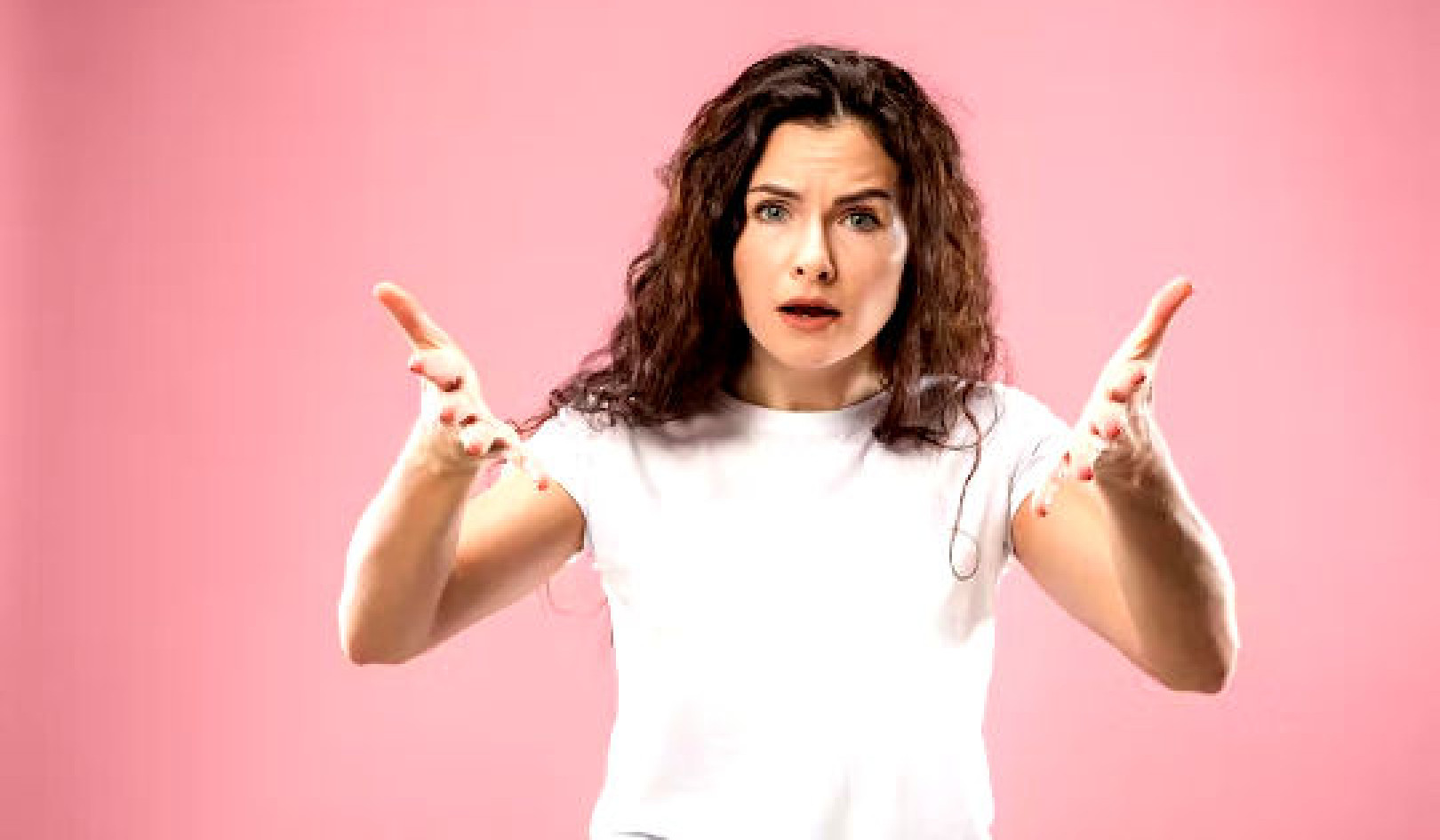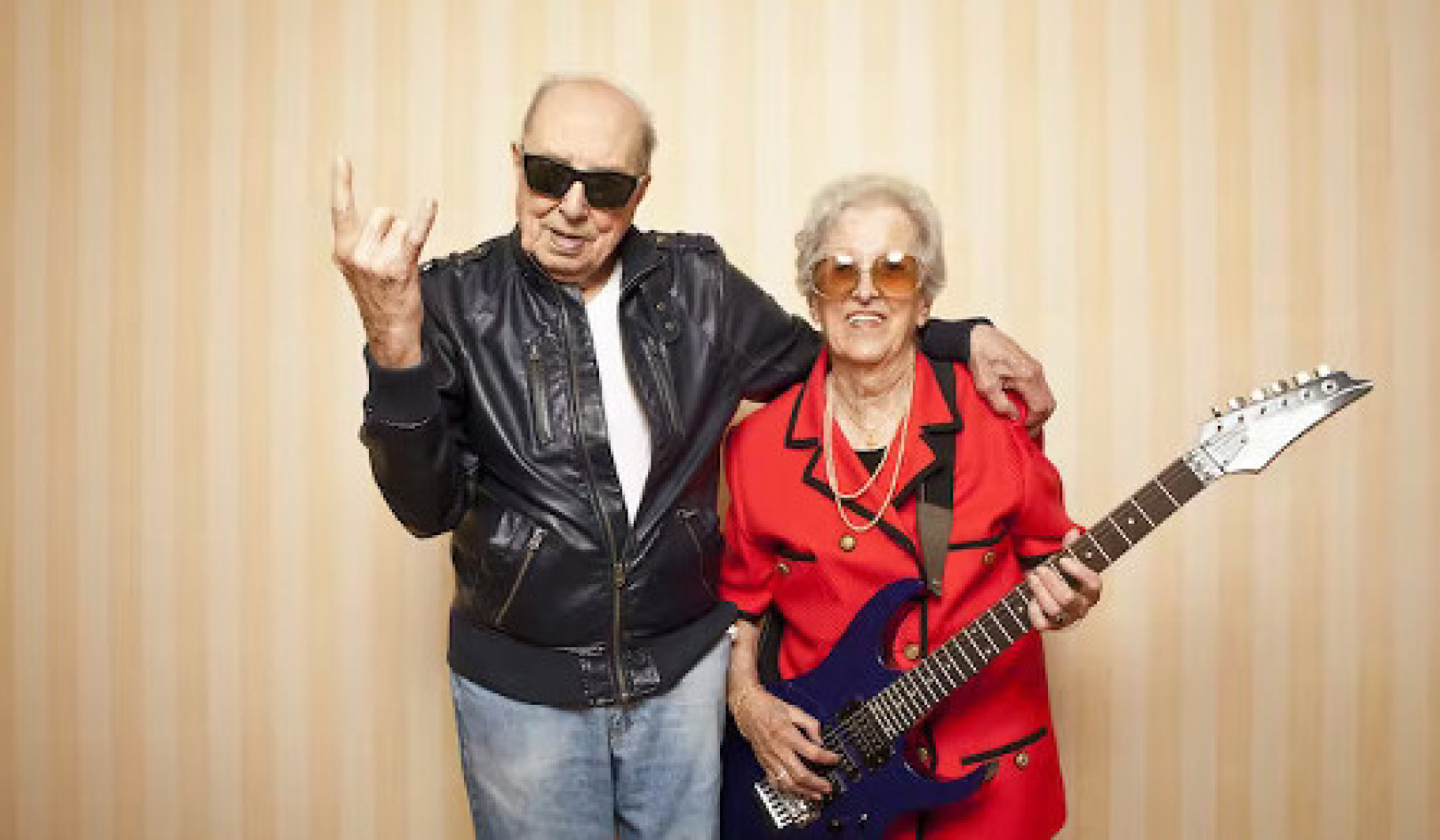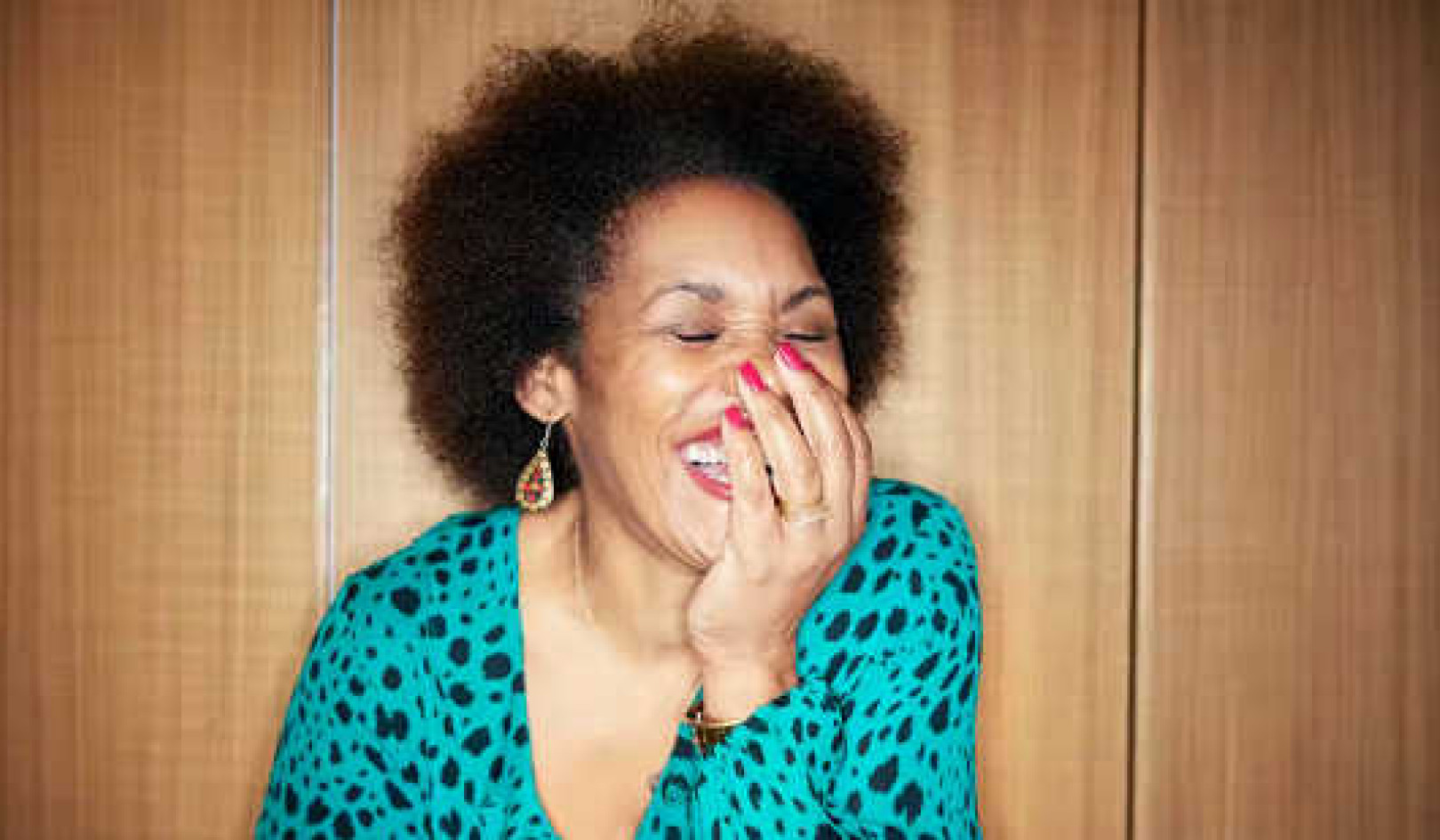
The idea that selfies are somehow damaging our mental health is spreading. There is concern that there may be a link between an apparent recent rise in mental health concerns in millennials and taking, editing and posting selfies online. ![]()
As a relatively recent phenomenon, most of us are still trying to get our heads around the potential impact of “selfie culture”. So when people aren’t worrying over what selfies say about our psychological well-being, they’re talking about digital narcissism – particularly when it comes to teenage girls.
We assume that selfies encourage a preoccupation with self image and that this is intensified by editing facilities and filters that allow people to present their best look. The result of this process, some argue, is general unhappiness with our appearance because it makes us focus on what’s bad about how we look – our flaws, our blemishes, our imperfections.
However, the evidence indicates that the link between selfies and well-being is not straightforward. For instance, the results of psychological research exploring the relationship between selfies and self-esteem are mixed. Some studies have found links between selfie posting and lower self-esteem, however others have reported a relationship with higher self-esteem. Still other research has found no link at all
What these findings do clearly indicate is that selfie posting is a complex activity that can produce different reactions depending on the context of posting and how it is received by the audience.
What do we know about selfies?
Taking and posting selfies inevitably draws attention to how we look. While selfie posting is not age or gender specific, women – and particularly young women – appear in a greater number of photos and are tagged more frequently. More women also say they untag themselves from pictures because they’re not satisfied with how they look.
But that’s not necessarily a symptom of narcissistic selfie culture. Body dissatisfaction among young women has been an issue for decades. It’s not unrelated to the longstanding pressures on women, who are judged against a slim, young and blemish-free ideal. Psychological research has, for some time, argued that our social norms encourage women to embrace these beauty standards by, for example, pursuing a “natural look” through cosmetic enhancement and dieting.
Our social values promote these body ideals and as such women and young girls are encouraged to believe that their bodies are an ongoing betterment project. They are continually under pressure to “improve” their appearance. It is against this backdrop that selfies have become an everyday, routine activity. Given these social pressures on women it’s easy to assume that filtered selfies or selfie editing is just about “fixing” what women don’t like about the way they look.
That might play a role, but selfies are about much more. They are, ultimately, a social phenomenon and a form of social interaction. Online communities will form around liking posts and other supportive behaviour. The levels of explicit approval that can be achieved online are, for most of us, unparalleled in the offline world.
One study found that while young women do invest in producing a good picture of themselves, looking good wasn’t the sole aim of getting a good selfie. According to this study, young women reported that the images they selected for uploading expressed something authentic or “real” about themselves. This desire is further underscored by the prestige associated with being able to tag a selfie with #nofilter to show that it hasn’t been edited with a filter. The same could be said for the attention given to selfie fails – photos that are seen as too fake.
Posting “good” photos, using filters or other kinds of editing, is not simply about faking a perfect look online. Researchers have found that people reported using filters to make photos look more like themselves – to correct for distortions produced by photo technologies. That includes apps used by people with dark skin to address the misrepresentation created by photographic technology that was originally designed to favour light skin.
Studies have also indicated that young adults generally present a fairly accurate representation of their offline identity on social media. The internet is no longer an anonymous place. Most people in our offline communities are now a part of our online lives so we risk our reputation if we appear as inauthentic or “fake”.
Our selves at our best?
It’s fair to say that online life often shows us at our best. Digital technologies allow us to take multiple photos of the same thing, apply the filter we most prefer and select our favourite image for upload. Now, more than ever, users have control over the final posted image. Crucially, they can shape how they will ultimately look and hopefully be seen. But how young adults feel about this is complex.
For the vast majority of users, best pictures are not totally disconnected from offline life. What we also know is that we currently live in a world that places great importance on physical beauty, self-improvement and the pressure to always look our best. This is the world in which selfie culture emerged – selfie culture did not create it.
Most importantly, we do ourselves a disservice if we censure millennials as naïve and unsophisticated by simplifying the complexity of the social worlds in which they go about their everyday lives.
About The Author
Rose Capdevila, Senior Lecturer in Psychology, The Open University and Lisa Lazard, Lecturer in Psychology, The Open University
This article was originally published on The Conversation. Read the original article.
Related Books
at InnerSelf Market and Amazon























